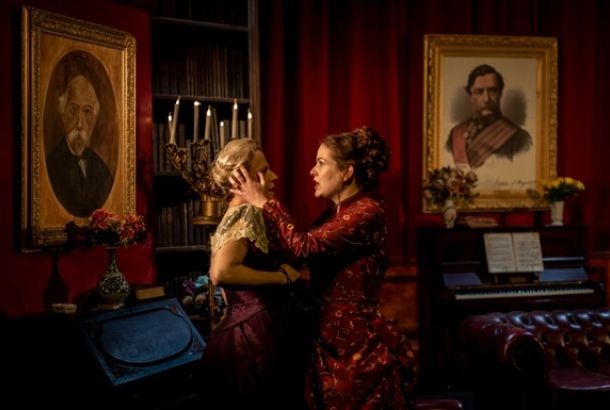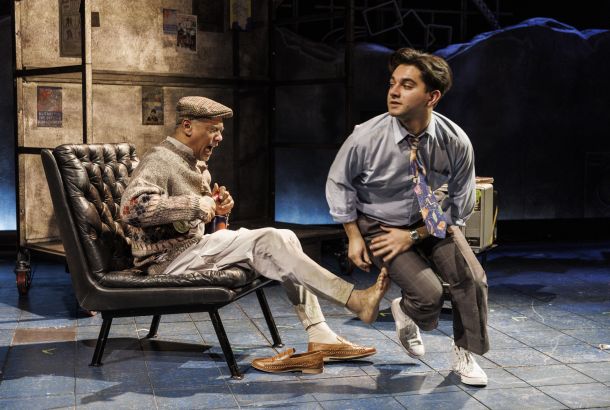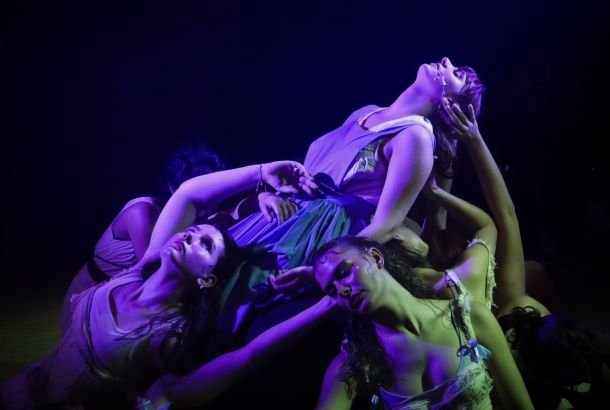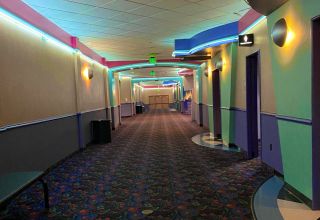Three stars out of five
Austrian playwright Ferdinand Brucker’s play Pains of Youth, as its title suggests, is a play that embodies both light and darkness. Set in 1920s Vienna, the play focuses on the lives of six medical students in 1920s Vienna who share a house and more often that not, each other’s beds.
The play opens with the two female leads: Marie, ambitious and level-headed who is preparing for her graduation party and Desiree or ‘Dizzy’, who seems to naturally acquire everything one would desire: beauty, brains and wit. This ‘odd-couple’ juxtaposition of best friends appears to be setting the play up to be a fairly standard comedy of errors until Desiree declares her love for Marie, with unmistakeably sexual intent. The sexual tension that is introduced at this point continues to permeate the performance, as it is revealed that Desiree’s lover Freder is entangled with the house’s maid Lucy, whom he able to control and manipulate for his own enjoyment and gain. Furthermore, Marie’s boyfriend Petrell becomes helplessly involved with Irene, a cynical young woman who has puled herself up from her humble roots. Finally, there is the apparently asexual Alt who seems to serve no other purpose than to remain a steady rock-like presence amidst the chaos of his supporting cast. The title of the play before translation – ‘Disease of Youth’ – appears more appropriate when considering the downward spirals of the less affluent characters, as they occur due to proximity to the more privileged members of the household. The boredom, promiscuousness and decadence of these characters appear to be contagious as it affects every character is touches and in most cases leads to their individual downfalls.
The staging in the Capitol Theatre is perfect for this performance. The actors are given a tiny space to work with, which seems to grown ever smaller as the tension between the characters increases, creating by the end an almost claustrophobic atmosphere that was palpable even from the back row. Although the performance takes place entirely within the one room inhabited by Marie and Desiree, outside action is suggested through use of stage doors, encouraging the audience to imagine what may be going on beyond the set. The set is particularly impressive, a sumptuous snapshot of everyone’s mental image of the roaring twenties: flapper dresses, art deco lamps and fur coats. The meticulous attention to detail submerges the audience in the action and makes one feel nostalgic for a very foreign time, when women used cigarette holders and men wore hats.
The light and darkness present in the play is shown through the language which ranges from quick-fire sexually charged banter to furious escalations between the characters. The play contains weighty issues, including suicide, unrequited love and the loss of innocence, yet the cast did a good job to let the comedy within the play shine through occasionally to lift the mood.
Although the play seemed at times like a rather less charming rendition of Brideshead Revisited, my experience of watching Pains of Youth was an enjoyable one, largely due to the cast who managed to bring the complex and at times strongly unlikeable characters to life with passionate and committed performances.







